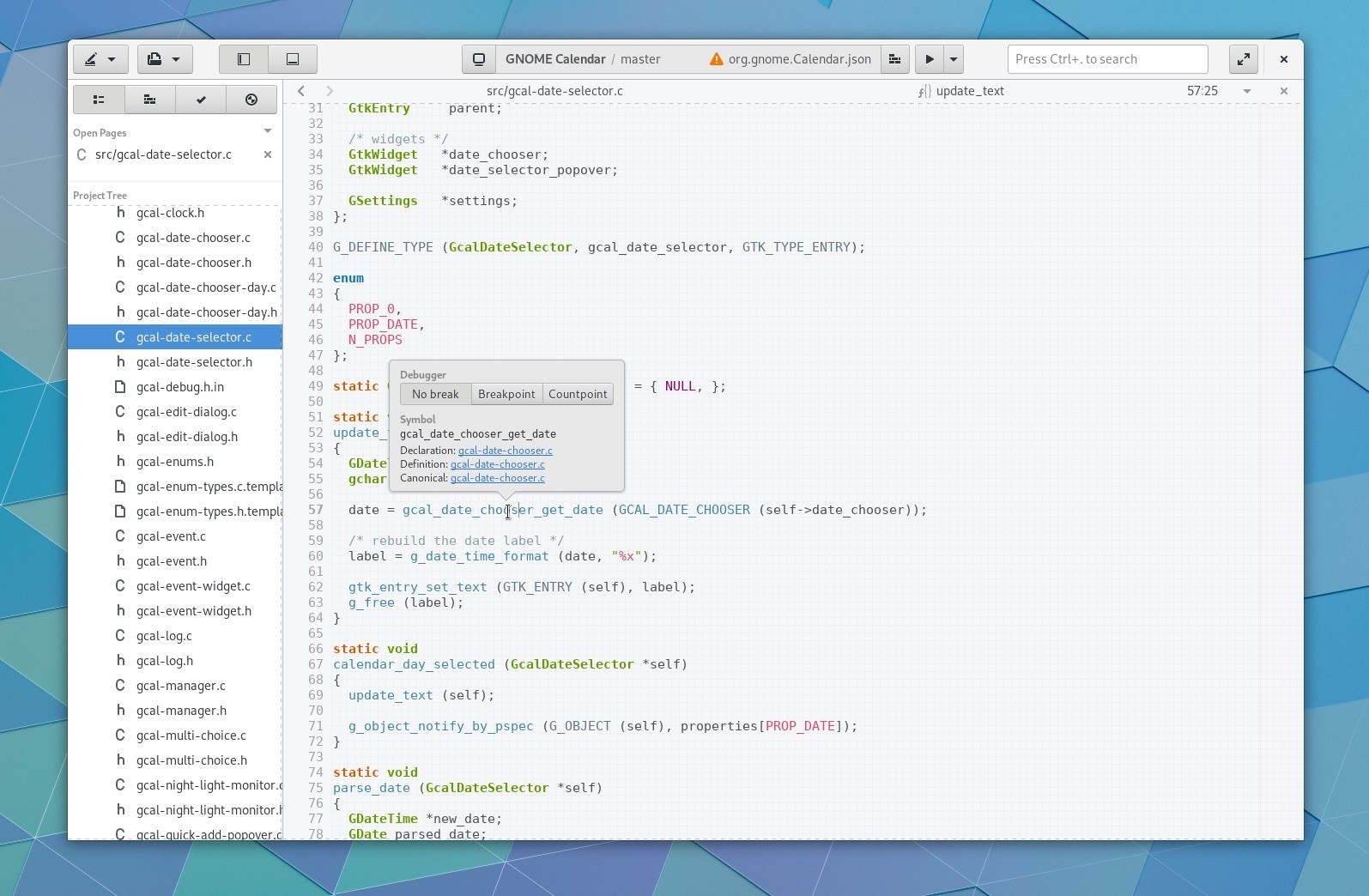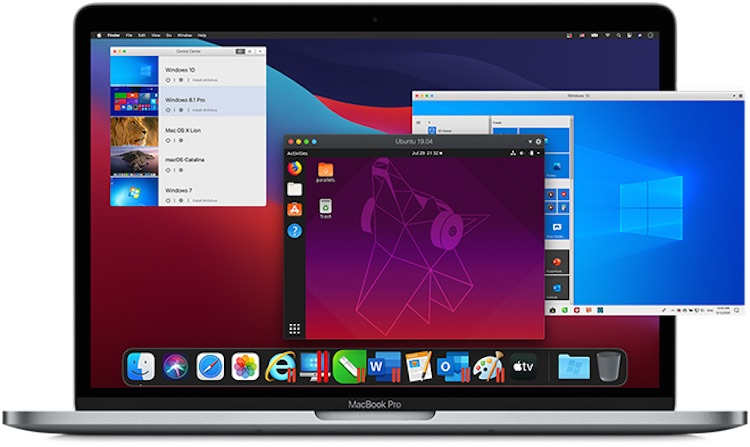The M1 Mac’s inability to run Windows might seems like an obvious limitation, but it’s actually a major issue for a lot of Mac users. Boot Camp is gone so you can’t run Windows natively, which means you need to use a virtualization app. A few months ago, Parallels previewed its Parallels Desktop for Mac virtualization software on M1 Macs, and on Wednesday, the company annnounced that Parallels Desktop 16.5 for Mac—which brings full native support for both M1 and Intel Macs—is out of beta and now available to the general public.

If you want to run Windows on your M1 Mac, you can launch Parallels Desktop 16.5 to run the Windows 10 ARM Insider Preview, the only version of Windows that can run on Apple silicon. To get the Insider Preview, you need to register for Microsoft’s Insider Program. Keep in mind that this is beta, so some features may not work, and it isn’t optimized for performance.
Nov 13, 2020 From my understandin Parallels cannot support Windows 10 x64 on a M1 based Mac. Instead it will support Windows ARM. And Parallels is hoping that Windows Arm will get a x64 emulator. So it will end up in running a emulaor on a virtualized machine. Sounds not very promising to me. Parallels has released version 16.5 of its virtualization software with full native support for Apple's M1 chip. The company says that Parallels Desktop 16.5 will run much faster and more.
Despite the lack of optimization on Microsoft’s part, Parallels claims that performance of Windows 10 ARM is 30 percent better on an M1 Mac than Windows on an Intel Core i9 MacBook Pro, and DirectX performance is 60 percent better compared to a MacBook Pro with a Radeon Pro 555X GPU. And the M1 Mac uses 2.5 less energy than a 2020 Intel MacBook Air, the company says.
Parallels On M1 Mac

The major features that were in the version 16 release are fully available on M1 Macs, including Coherence Mode, Mac keyboard layouts, Shared Profiles, Touch Bar controls, and more. Parallels says that it “hopes” to add the ability to run macOS Big Sur in a virtual machine later this year.
Parallels Desktop 16.5 for Mac is $79.99 for a new subscription or $99.99 for a new perpetual license. An upgrade from Parallels Desktop 14 or 15 to a perpetual license is $49.99.
Parallels Desktop 16.5 for Mac Supports Both M1 and Intel Chips Parallels, a global leader in cross-platform solutions, on Wednesday released Parallels Desktop 16.5 for Mac, which features full native support for Mac computers equipped with either Apple M1 or Intel chips. Adobe audition cc 2017 v10.0.1 for mac download. The M1 chip’s superior performance delivers the world’s fastest integrated graphics in a personal computer, revolutionary power efficiency and was designed to work with macOS Big Sur’s legendary ease-of-use 2 —which transforms Parallels® Desktop 16.5 into a new standard of seamless Windows-on-Mac experience. Parallels has released Desktop 16.5 for Mac with full support for M1 Macs, promising 'native speeds' for the virtual machine when you're running Windows 10 ARM Insider Preview. You can run Linux.
You now have a reliable and quick way to run Windows 10 on an M1-based Mac — provided you're willing to make some tradeoffs. Parallels has released Desktop 16.5 for Mac with full support for M1 Macs, promising 'native speeds' for the virtual machine when you're running Windows 10 ARM Insider Preview. You can run Linux distributions like Ubuntu, Debian and Fedora, too.

In some cases, the M1 could perform better than a theoretically more powerful Intel-native setup. Parallels claims you'll get up to 60 percent better DirectX 11 performance on an M1 Mac than you would an Intel-based MacBook Pro with a Radeon Pro 555X GPU, and 30 percent better virtual machine performance compared to an even higher-specced Intel MacBook Pro. The company even says power consumption on an M1 MacBook Air should improve by 250 percent, although it's comparing that to a 2019 MacBook Air (as its footnotes indicate) and not the last Intel model.
© Parallels/Corel Windows 10 for ARM running in Parallels Desktop on Apple M1 MacBook ProAs we hinted earlier, though, you'll have to make some compromises. An Insider Preview by its nature isn't stable. You might run into crashes or glitches. And while Windows 10 for ARM does emulate 64-bit x86 apps, you'll only get that vaunted performance with the smaller number of ARM-native Windows programs. Don't expect a favorite game or a must-run productivity tool to perform as well as it would on a comparable x86 PC.
Parallels And M1

Parallels M1 Technical Preview
This still makes many Windows apps available, though, and it's a considerably more elegant (not to mention more universal) solution than CrossOver's emulation-on-emulation approach. Think of Parallels as a crutch that could save you from keeping a Windows PC (or an Intel Mac) around just to run legacy software.




